Ultimate Gear Guide for Deep Sea Fishing
The vast blue expanse of the open ocean beckons with promises of trophy catches and unforgettable adventures. Deep sea fishing represents the pinnacle of angling challenges, demanding specialized equipment that can withstand extreme conditions while effectively targeting powerful pelagic species. Whether you’re a seasoned captain or preparing for your first offshore expedition, having the right gear can mean the difference between an epic tale of conquest or returning to port empty-handed.
This comprehensive guide will walk you through everything you need to know about selecting, using, and maintaining the essential equipment for successful deep sea fishing expeditions.
Understanding Deep Sea Fishing Environments
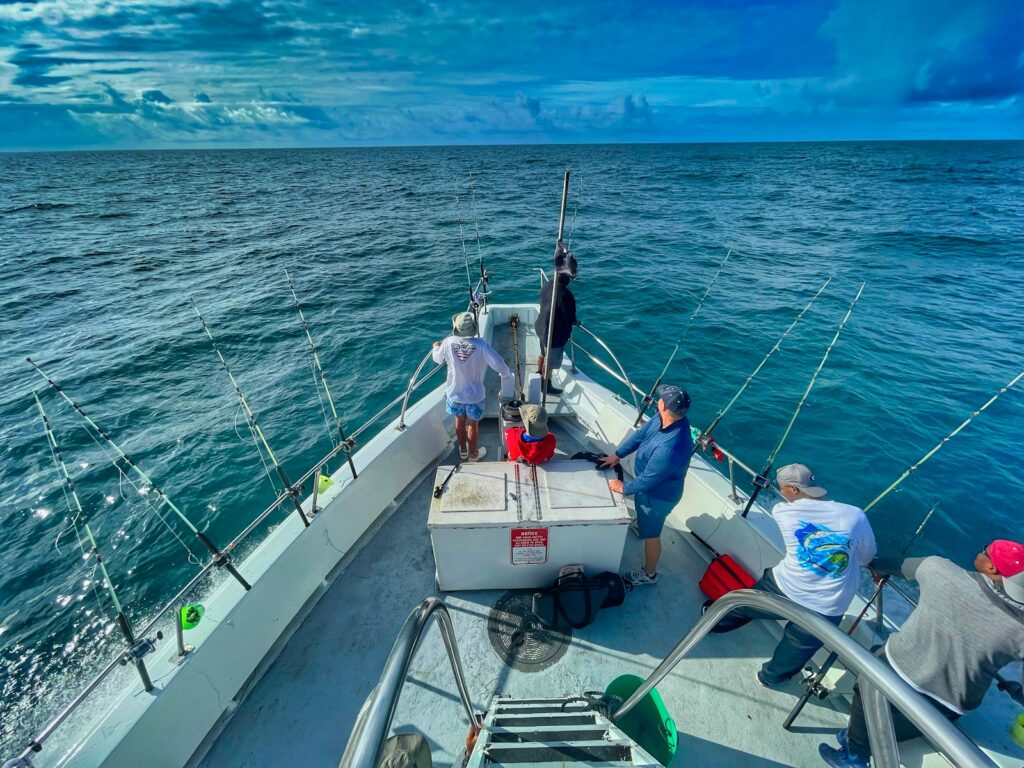
Deep sea fishing typically occurs in waters exceeding 100 feet in depth, often miles offshore where ocean currents, weather patterns, and marine ecosystems create unique fishing conditions. These environments subject both anglers and equipment to intense challenges including saltwater corrosion, powerful fish species, and unpredictable weather. The gear required must withstand not only the corrosive properties of saltwater but also the tremendous force exerted by large pelagic species like marlin, tuna, and sailfish. Additionally, the extended duration of offshore trips means equipment reliability becomes paramount, as there’s no quick run to the tackle shop when something fails 30 miles from shore.
Understanding these environmental factors is crucial when selecting appropriate gear that balances durability, functionality, and performance.
Selecting the Perfect Deep Sea Fishing Rod
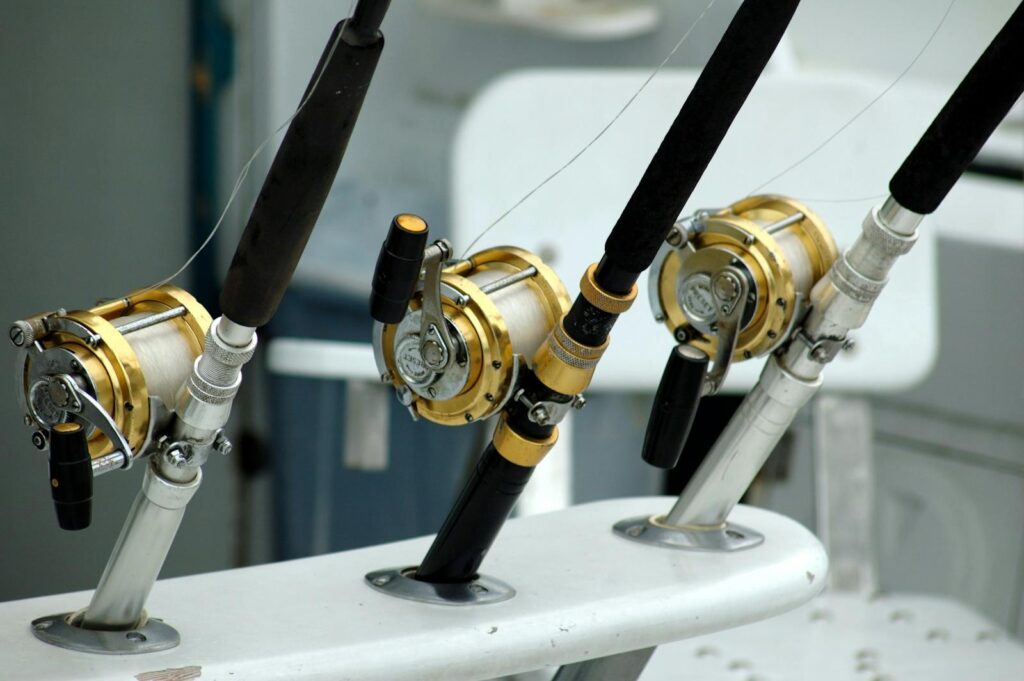
The foundation of any deep sea fishing setup begins with selecting the right rod designed specifically for offshore conditions. Deep sea rods typically range from 5’6″ to 7’6″ in length, with shorter rods providing better leverage for fighting large fish and longer rods offering improved casting distance when necessary. Material composition is crucial—high-quality fiberglass offers exceptional durability and fighting power, while graphite composites provide sensitivity while reducing weight. Look for rods with heavy-duty roller guides that minimize line friction during extended fights with powerful game fish.
Rod power ratings for deep sea fishing generally fall into the heavy or extra-heavy categories, with fast actions preferred for setting hooks quickly when strikes occur. Many specialized deep sea rods feature curved butts or gimbal designs that fit securely into fighting belts or chair gimbal systems on larger sportfishing vessels.
Reels Built for Offshore Challenges
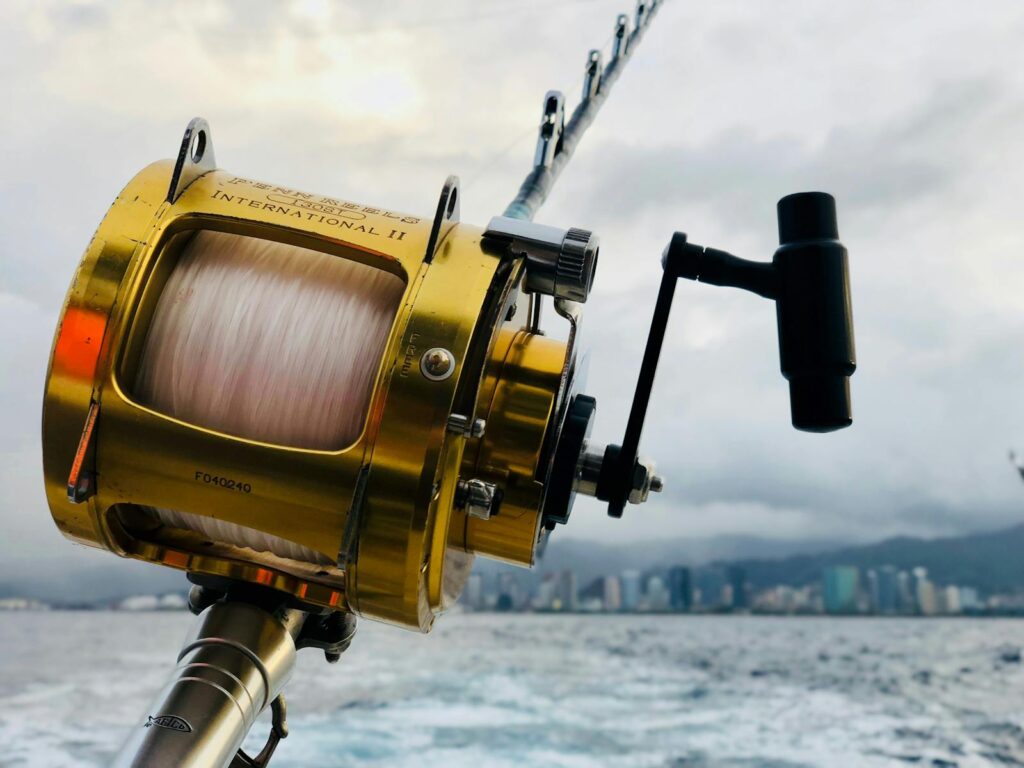
Deep sea fishing reels must combine substantial line capacity, powerful drag systems, and corrosion-resistant construction to handle offshore demands. Conventional lever-drag reels remain the standard for serious offshore angling, with two-speed models offering versatility to adjust retrieval ratios during different fighting stages. Quality reels feature machined aluminum frames, stainless steel gears, and sealed bearing systems to prevent saltwater intrusion. Drag systems should deliver smooth, consistent pressure throughout their range, typically offering maximum settings between 20-50 pounds depending on the target species.
Line capacity becomes critical offshore—look for reels that hold at least 300-500 yards of appropriate line weight, allowing enough reserve for the long runs of pelagic speedsters. Modern innovations like carbon fiber drag washers, computer-optimized gearing, and ergonomic power handles have significantly enhanced reel performance while reducing angler fatigue during extended battles.
Line Selection for Deep Blue Waters

Choosing the right fishing line for deep sea applications involves balancing strength, visibility, and handling characteristics. Monofilament remains popular for its stretch properties that help absorb the violent strikes and head shakes of large pelagic species, typically in 30-80 pound test strengths depending on target species. Braided superlines offer tremendous strength-to-diameter ratios, allowing greater line capacity on reels while providing virtually no stretch for improved hook setting power at depth.
Many offshore anglers employ hybrid line systems, spooling with braided backing for capacity and adding monofilament or fluorocarbon topshots to provide stretch and reduced visibility near terminal tackle. Fluorocarbon, while expensive, offers near-invisibility underwater and excellent abrasion resistance, making it ideal for leader material when targeting line-shy species. Color considerations also matter—high-visibility lines help anglers monitor positioning during complex trolling spreads, while low-visibility options may prove advantageous when sight-feeding predators are the target.
Terminal Tackle Essentials
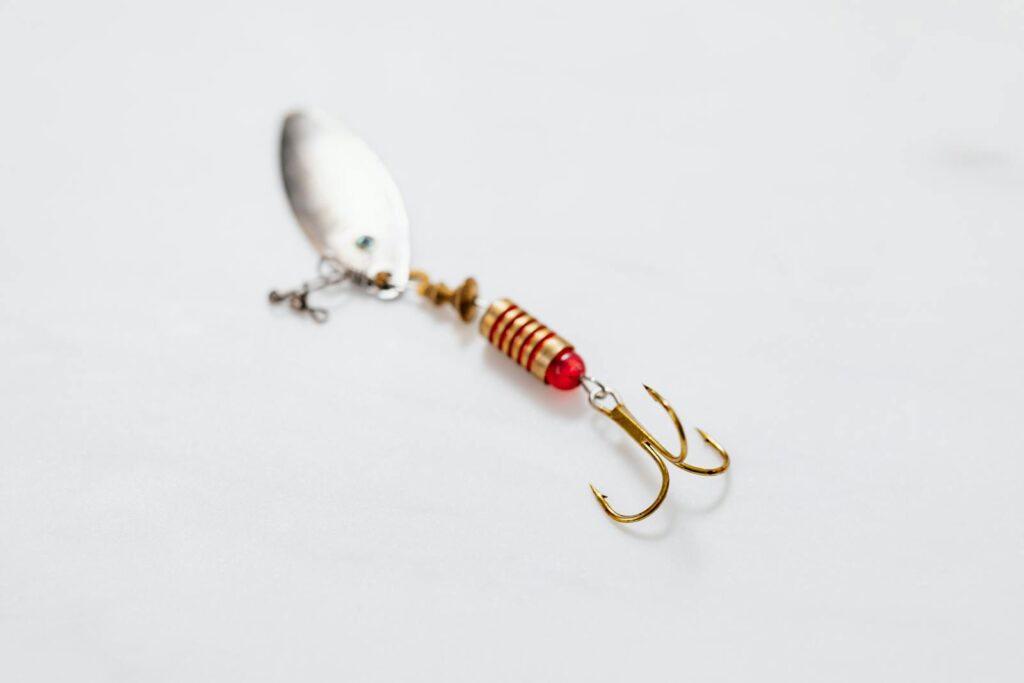
The terminal tackle used for deep sea fishing must withstand extreme pressures and harsh saltwater conditions. Heavy-duty swivels, preferably ball-bearing models, prevent line twist during trolling and fighting. Circle hooks have become increasingly popular for offshore applications, promoting conservation through higher survival rates of released fish while providing excellent hook-up ratios. Hook sizes typically range from 5/0 to 11/0 depending on target species and bait presentations. Wire leaders become essential when targeting toothy predators like wahoo, king mackerel, or sharks, with single-strand wire offering less visibility and multi-strand providing greater flexibility.
Crimping systems with copper or aluminum sleeves create secure connections stronger than knots when joining heavy monofilament or wire components. Specialized offshore terminal tackle includes items like wind-on leaders, chafe guards, and shock leaders designed to withstand the unique stresses encountered during extended battles with powerful game fish in open ocean environments.
Specialized Lures for Deep Sea Predators

The lure arsenal for deep sea fishing encompasses a diverse range of artificial offerings designed to trigger aggressive feeding responses from offshore predators. Skirted trolling lures like Ilanders, Konaheads, and Mexican flags create vibrant, bubble-trailing presentations that mimic fleeing baitfish when pulled at higher speeds. Diving plugs can reach specific depth ranges, with models like Rapala X-Raps and Yo-Zuri Bonitas maintaining swimming action at trolling speeds between 6-9 knots. Soft-plastic swimbaits in 6-14 inch lengths rigged on weighted hooks provide versatility for both trolling and vertical jigging applications.
Heavy metal jigs, particularly butterfly-style and knife jigs weighing 6-14 ounces, have revolutionized deep dropping techniques for targeting grouper, amberjack, and deep-water tuna. Color selection generally follows established patterns—blue/white combinations for clear water, pink/white for slightly off-colored water, and darker colors like purple and black for low-light conditions or when targeting broadbill swordfish in extreme depths.
Live Bait Rigging Systems
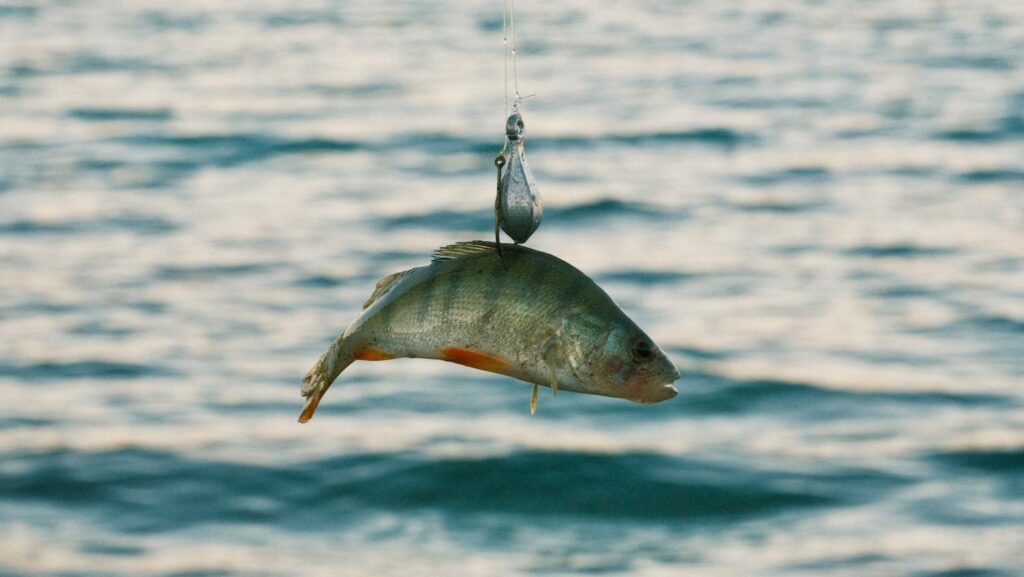
Live bait presents the most natural offering for selective offshore predators, requiring specialized rigging systems to keep baits swimming naturally while remaining secure during strikes. Bridle rigs, which secure hooks to baitfish using elastic thread or rubber bands without penetrating the bait, allow natural swimming motion while positioning hooks for optimal hook-up ratios. Circle hook snell rigs with appropriate weights maintain precise depth control when slow-trolling live baits for species like sailfish and wahoo. For drifting applications, staggered-depth float systems can present multiple live baits at different depths throughout the water column, increasing the likelihood of intercepting feeding fish.
Specialized rigging needles, dehooking tools, and bait threading devices become essential accessories for efficiently deploying live bait presentations. The most effective offshore live baits include goggle eyes, blue runners, pilchards, ballyhoo, and mullet—with bait selection often dictated by regional availability and target species preferences.
Essential Electronics for Finding Fish
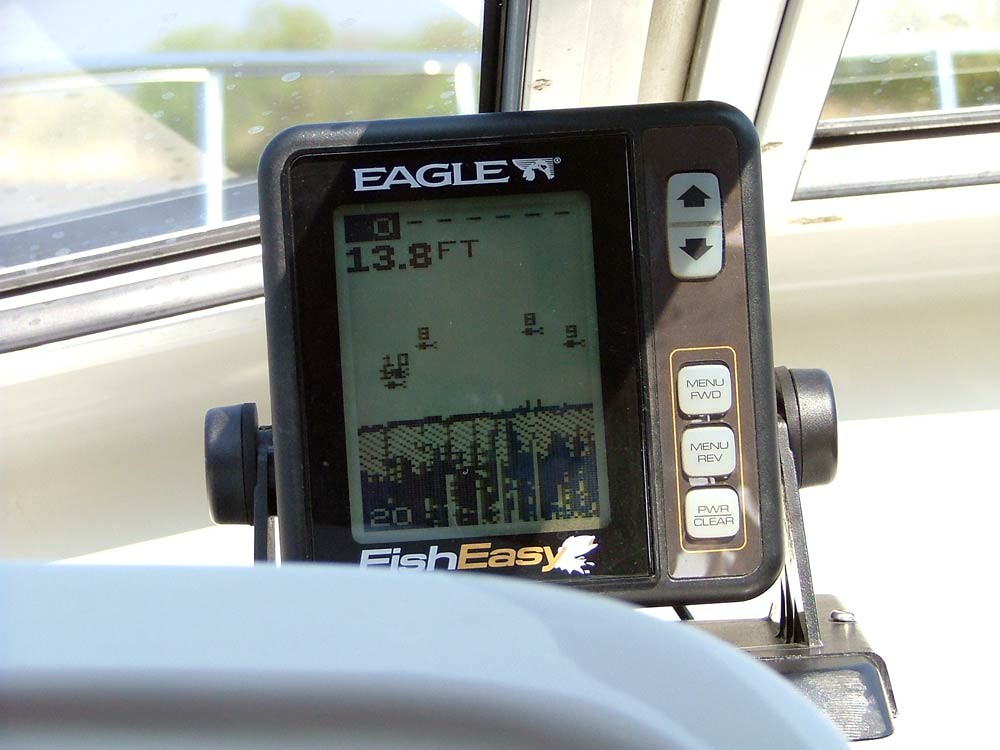
Modern marine electronics have transformed deep sea fishing by providing anglers with unprecedented ability to locate structure, identify fish concentrations, and navigate efficiently to productive areas. Multifunction display systems integrating GPS, chartplotting, and fishfinding capabilities serve as the command center for offshore navigation and fish location. Advanced sonar technologies, particularly chirp sonar systems operating at multiple frequencies simultaneously, provide detailed underwater imagery extending to extreme depths with remarkable clarity. Side-scanning and down-scanning sonar supplements traditional sonar by creating detailed three-dimensional representations of structure and fish positioning.
Satellite-based sea surface temperature mapping services help identify temperature breaks and oceanic features that concentrate baitfish and predators. Radar systems extend safety margins by identifying weather systems and nearby vessels, particularly valuable during limited visibility conditions. The integration of these electronic systems through NMEA 2000 networks allows seamless data sharing between components, creating comprehensive situational awareness that dramatically improves fishing efficiency.
Specialized Deep Dropping Equipment
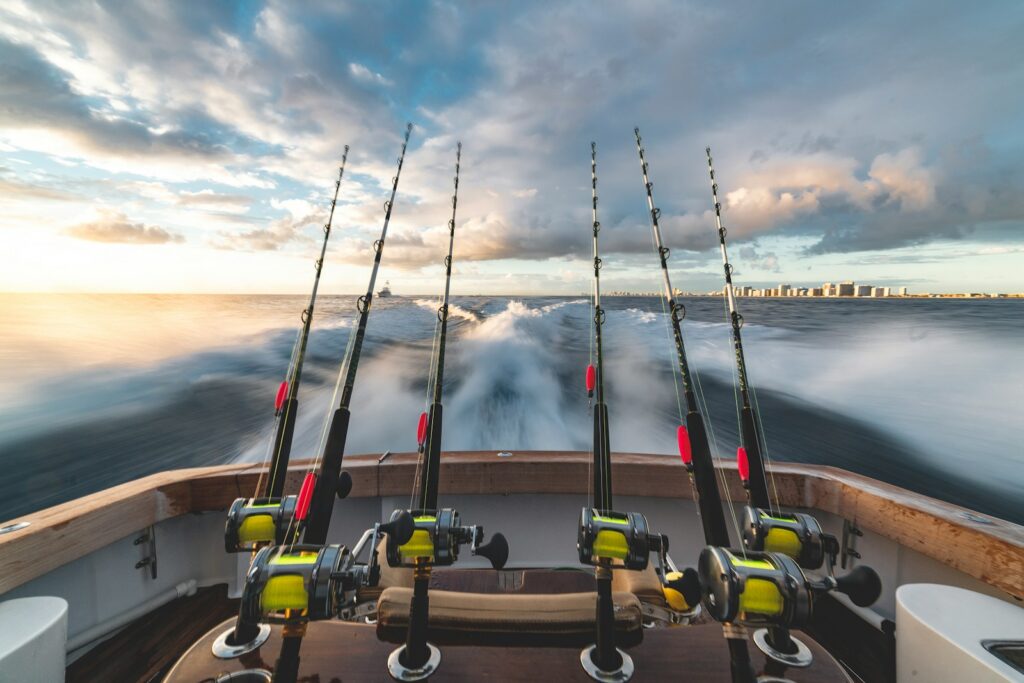
Targeting deep-dwelling species like snapper, grouper, and tilefish requires specialized equipment designed for extreme depths exceeding 600 feet. Electric reels have revolutionized deep dropping, with models from Daiwa, Shimano, and Kristal offering powerful retrieval capabilities that reduce physical strain when repeatedly fishing extreme depths. Specialized deep drop rods feature shorter, extremely stiff blanks with reduced diameter tips that minimize water resistance during descent and retrieval. Deep drop terminal rigs typically incorporate multiple hooks on dropper loops above a substantial weight (often 32-64 ounces), with each hook position embellished with luminescent materials or battery-powered LED lights that attract fish in the darkness of extreme depths.
Specialized deep drop weights include aerodynamic designs that minimize spin during descent, maintaining rig presentation and preventing tangles. Custom-made deep drop rigs often incorporate unique regional modifications designed for specific target species, with particular attention paid to hook size, spacing, and illumination characteristics.
Fighting Belts and Harnesses

The physical demands of battling large offshore species necessitate specialized equipment to distribute pressure and increase leverage during extended fights. Basic fighting belts provide a gimbal point that secures the rod butt while distributing pressure across the angler’s waist, ideal for shorter battles with mid-sized game fish. Stand-up harnesses incorporate shoulder straps connected to a reinforced belt, effectively transferring fighting pressure across the entire upper body rather than concentrating strain on arms and lower back. Full bucket harnesses, designed for extreme battles with marlin and giant tuna, incorporate padded back supports and thigh straps that allow anglers to use their entire body weight as leverage during the fight.
Quality fighting gear features reinforced stitching, marine-grade stainless hardware, and quick-release safety mechanisms that allow immediate disengagement in emergency situations. Professional-grade systems from manufacturers like Braid, AFTCO, and Black Magic incorporate customizable components that can be adjusted to match individual angler preferences and physical dimensions.
Essential Safety Equipment
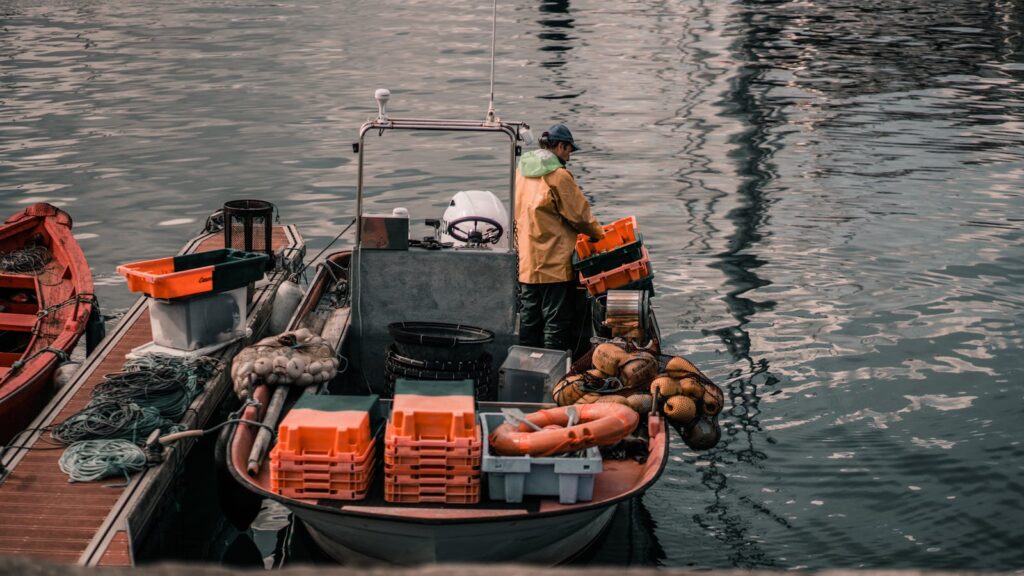
The remote nature of deep sea fishing demands comprehensive safety preparation to address potential emergencies far from shore. Personal flotation devices designed specifically for offshore fishing combine buoyancy with mobility, with inflatable models offering comfort during active fishing while providing emergency flotation when needed. EPIRB (Emergency Position Indicating Radio Beacon) units represent critical safety equipment, automatically transmitting distress signals with GPS coordinates to search and rescue authorities in emergencies. Marine VHF radios maintain communication capabilities with nearby vessels and coast guard stations, with DSC functionality providing one-button distress alerting.
First aid kits specifically designed for marine environments should include treatment materials for common fishing injuries including hook penetrations, severe cuts from gaffs or knives, and sea sickness medications. Additional safety essentials include waterproof flashlights, signal flares, marine-grade fire extinguishers, and emergency water supplies appropriate for the vessel size and intended range of operation.
Maintenance and Care for Saltwater Gear
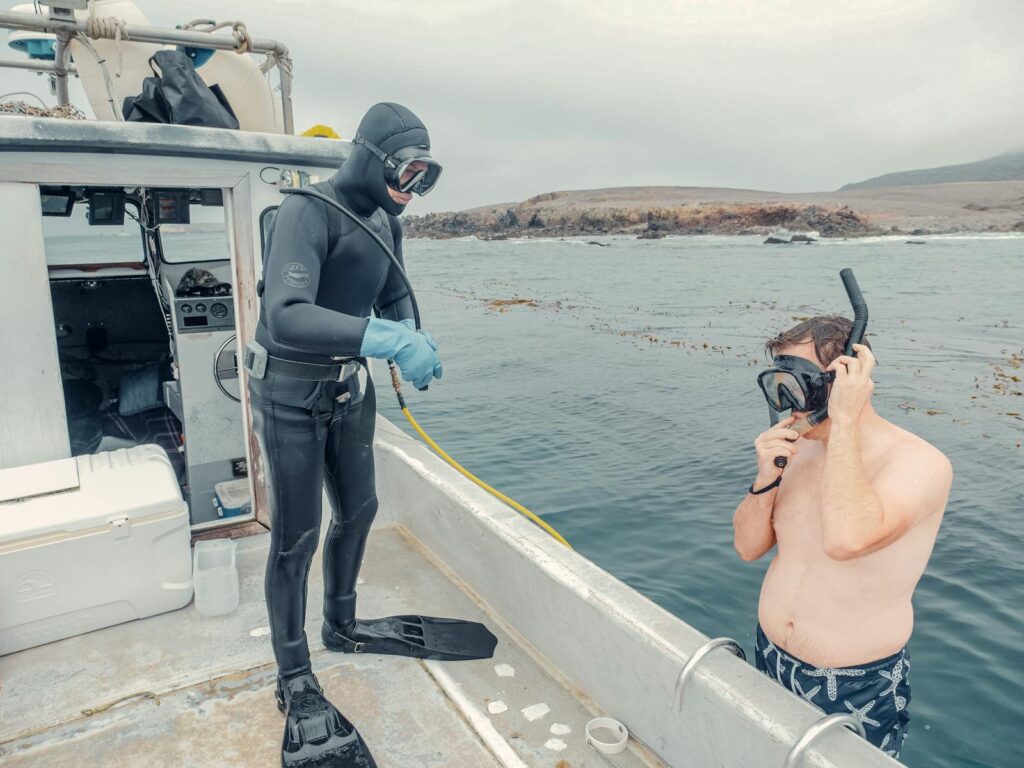
The aggressive corrosion potential of saltwater environments demands disciplined maintenance routines to preserve equipment functionality and longevity. After each fishing trip, thorough freshwater rinsing of all equipment removes salt residue before it can initiate corrosion, with particular attention to reel mechanisms, rod guides, and terminal tackle. Reels require periodic disassembly, cleaning, and relubrication with marine-grade greases and oils specifically formulated for saltwater applications. Graphite rod blanks benefit from protective coatings that prevent saltwater intrusion into the composite material, while guide wrappings should be inspected regularly for signs of wear or separation.
Terminal tackle storage systems using vapor corrosion inhibitors dramatically extend the useful life of hooks, swivels, and other metal components. Electronics require specialized cleaners that remove salt without damaging sensitive components or display screens. Establishing a post-trip maintenance checklist ensures consistent care protocols that significantly extend the functional lifespan of expensive deep sea fishing equipment.
Budget Considerations and Investment Priorities
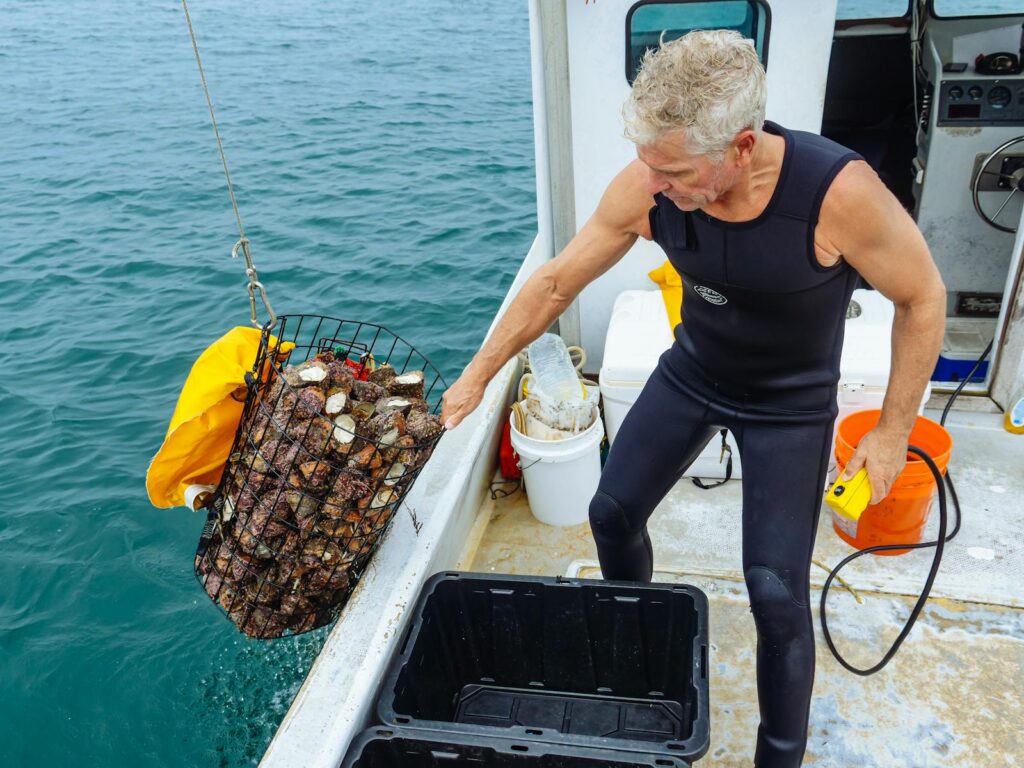
Assembling a complete deep sea fishing arsenal represents a significant investment, necessitating strategic prioritization based on fishing objectives and budget constraints. Quality reels generally represent the most critical investment priority, as their mechanical complexity makes them most vulnerable to failure while being most directly connected to successfully landing fish. Second-tier priority typically goes to appropriate rods that balance the selected reels, followed by terminal tackle systems and electronics. When budget constraints exist, consider leveraging charter experiences to test equipment before purchasing, rental options for occasional offshore trips, or phased acquisition strategies that build complete systems over time.
Many experienced anglers emphasize investing in multipurpose equipment initially—reels with appropriate line capacity for multiple techniques, medium-heavy rods suitable for both trolling and bottom fishing, and versatile terminal tackle systems adaptable to various target species. Regardless of budget, never compromise on safety equipment, as the remote nature of offshore fishing magnifies the consequences of equipment failures or emergencies.
Conclusion

The world of deep sea fishing offers unparalleled angling challenges and rewards, but success depends significantly on selecting appropriate gear matched to both target species and fishing conditions. From the fundamental rod and reel combinations to specialized electronics and safety equipment, each component plays a crucial role in the offshore fishing equation. As you assemble your deep sea arsenal, focus on quality over quantity, prioritizing reliability in critical components while building systems that work seamlessly together.
Remember that even the most sophisticated equipment serves merely as tools—developing the skills to effectively deploy these tools through experience and knowledge remains the ultimate factor in offshore fishing success. With proper preparation, quality gear, and respect for the ocean environment, the deep blue waters await with their bounty of magnificent game fish and lifetime memories.
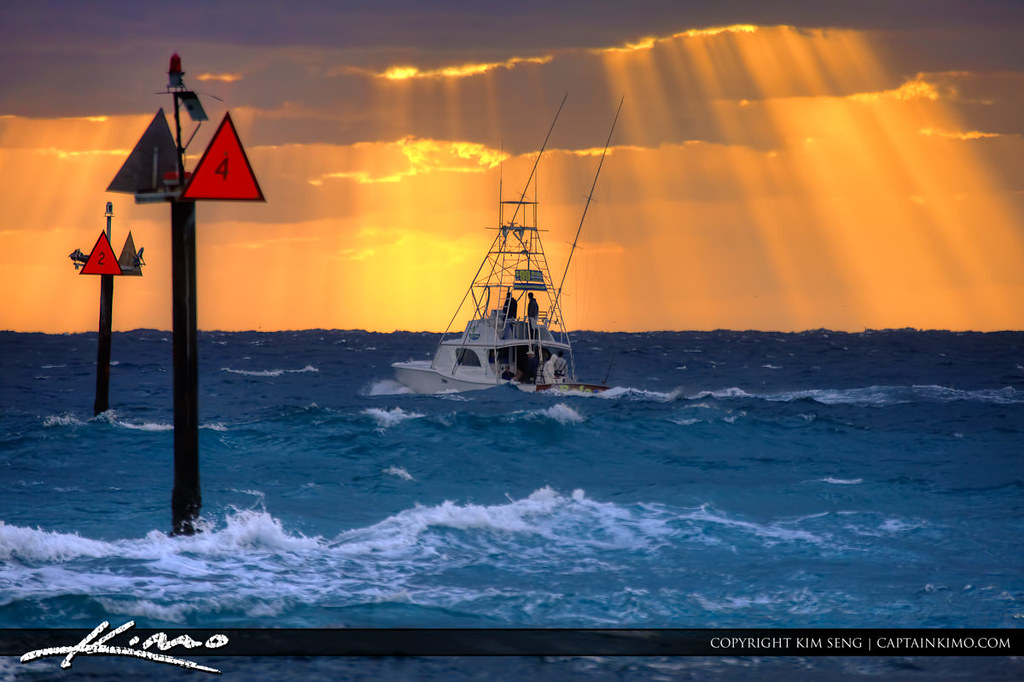













Post Comment